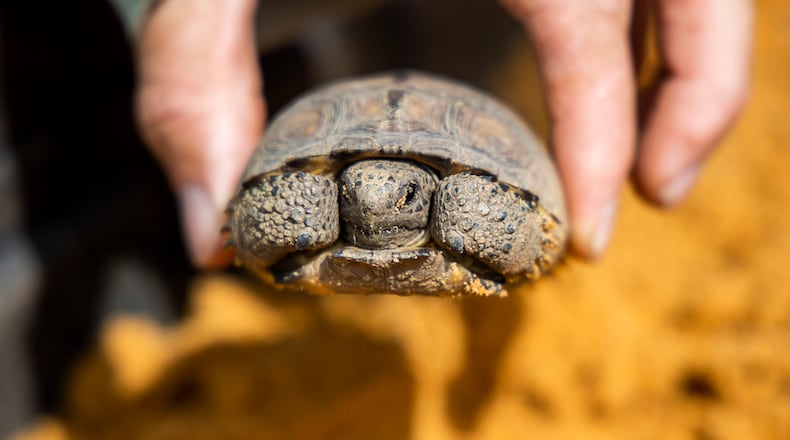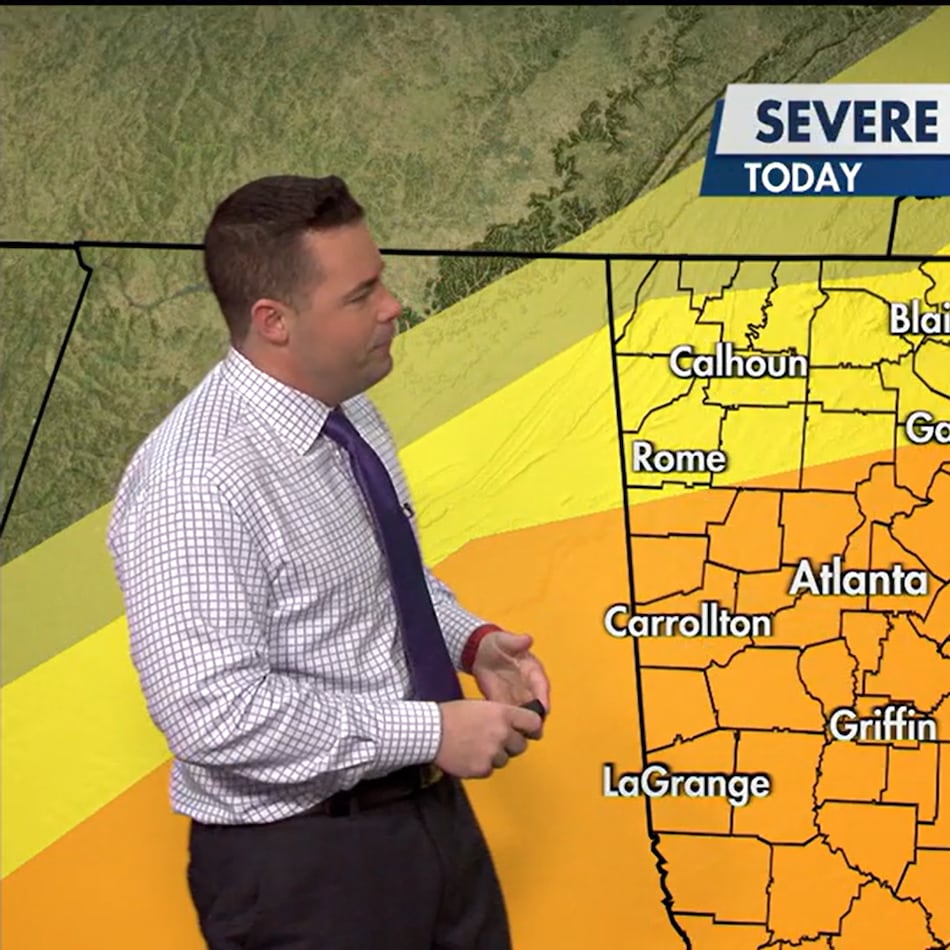Efforts to protect three notable endangered and threatened species found in Georgia are getting a funding boost, the U.S. Fish and Wildlife Service (FWS) has announced.
The state will receive just over $1.3 million in grant funding to acquire and preserve critical habitat for red-cockaded woodpeckers, gopher tortoises and wood storks, the agency said. The money is part of a larger set of grants being doled out by FWS worth $40.6 million, which the agency said will help support land acquisition and conservation planning across 7,200 acres in 10 states.
Georgia’s award will go to the state’s Department of Natural Resources, which leads non-game and endangered wildlife protection. It was not immediately clear where the state will focus on habitat acquisitions or exactly how many acres will be protected in Georgia with the funding.
The gopher tortoise is Georgia’s official state reptile and is found across much of its coastal plain.
They are a medium-sized, land-dwelling turtle that measures between nine to 11 inches when fully mature. The tortoises have tan, brown or gray shells and front limbs that are fortified by thick scales, making them ideal for digging. Gopher tortoises are a keystone species, whose large, deep burrows provide homes for dozens of other species and help maintain the overall health of the ecosystem.
The tortoise is not listed as an endangered species at the federal level, but is classified as threatened in Georgia and enjoys state protections. The main threat to the species is habitat loss due to human development.
Credit: ccompton@ajc.com
Credit: ccompton@ajc.com
The small, red-cockaded woodpecker is listed as endangered across its range, which includes Georgia and much of the Southeast, as well as parts of Texas and Oklahoma. Unlike other woodpeckers that prefer to peck away at dead and rotting trees, the red-cockaded woodpecker only bores holes in living pine trees.
The Okefenokee National Wildlife Refuge is one of several federal refuges that are home to the woodpeckers. In 2020, the federal government proposed reclassifying the red-cockaded woodpecker from endangered to threatened, but that move has not been finalized.
Wood storks are long-legged, wading birds that can stand more than 4-feet tall when fully-grown. The birds are listed as threatened across their range, but earlier this year, the FWS proposed delisting the storks in Georgia and across the Southeast, citing the successful rebound of breeding populations in the region. Their removal from the list of threatened and endangered species in the Southeastern portion of their range has not been finalized.
A note of disclosure
This coverage is supported by a partnership with 1Earth Fund, the Kendeda Fund and Journalism Funding Partners. You can learn more and support our climate reporting by donating at ajc.com/donate/climate/
About the Author
Keep Reading
The Latest
Featured





